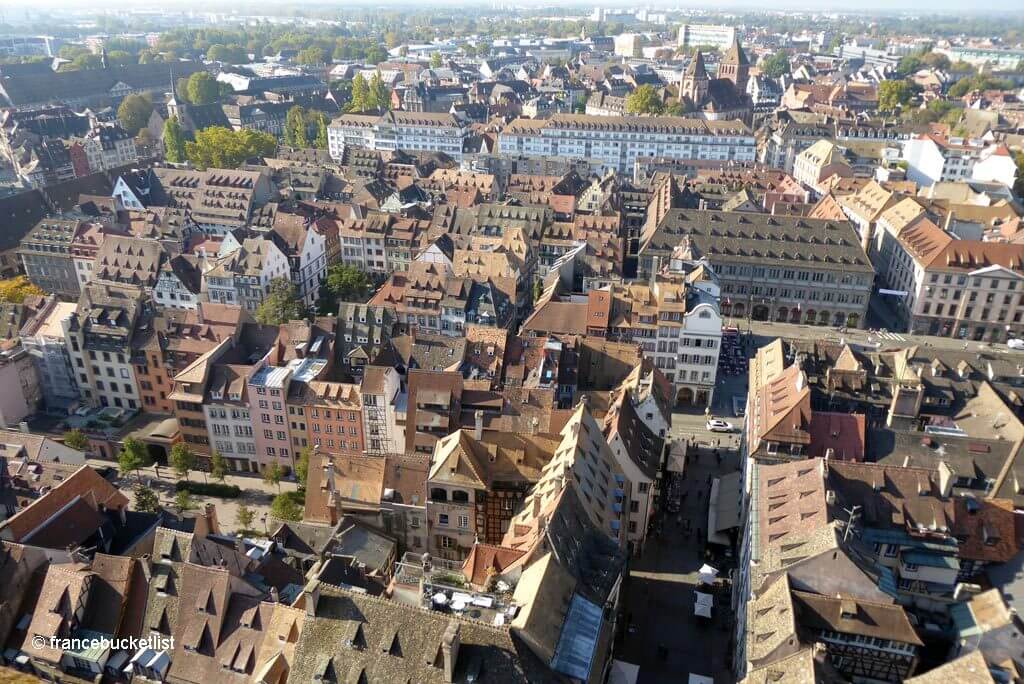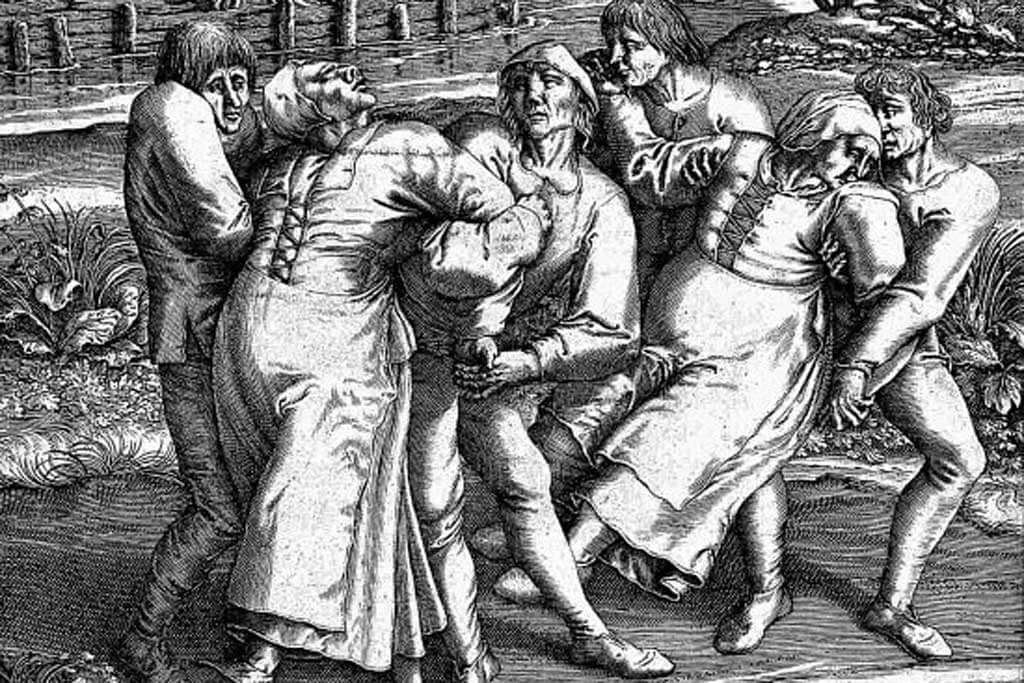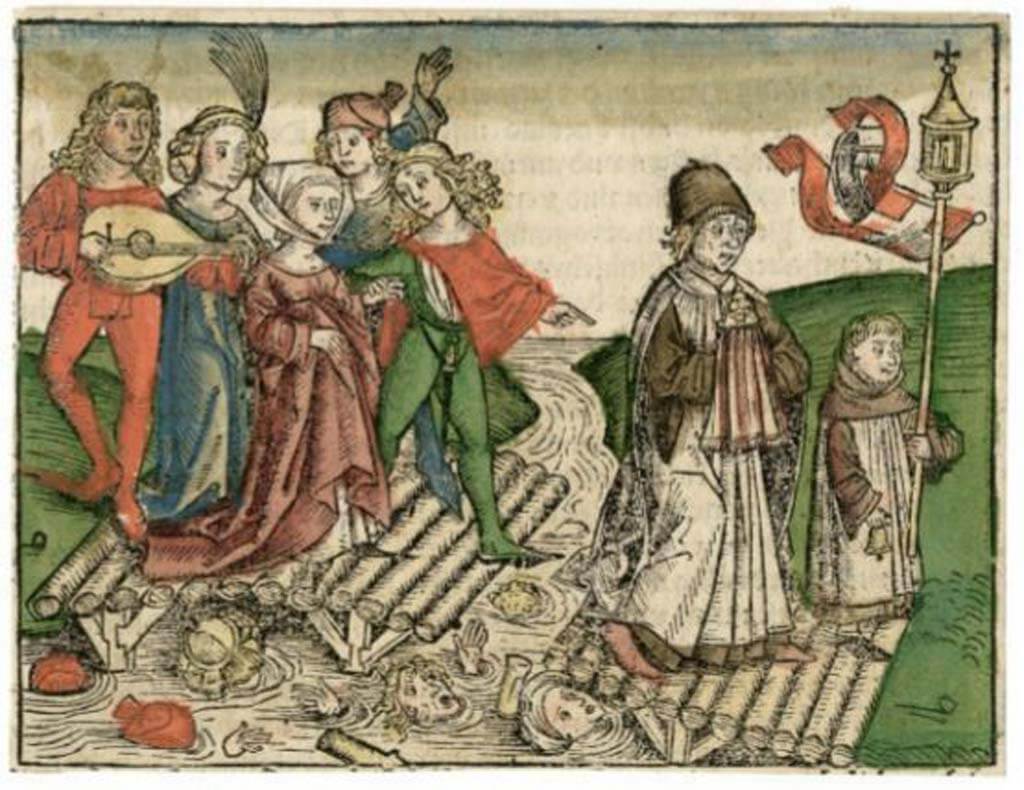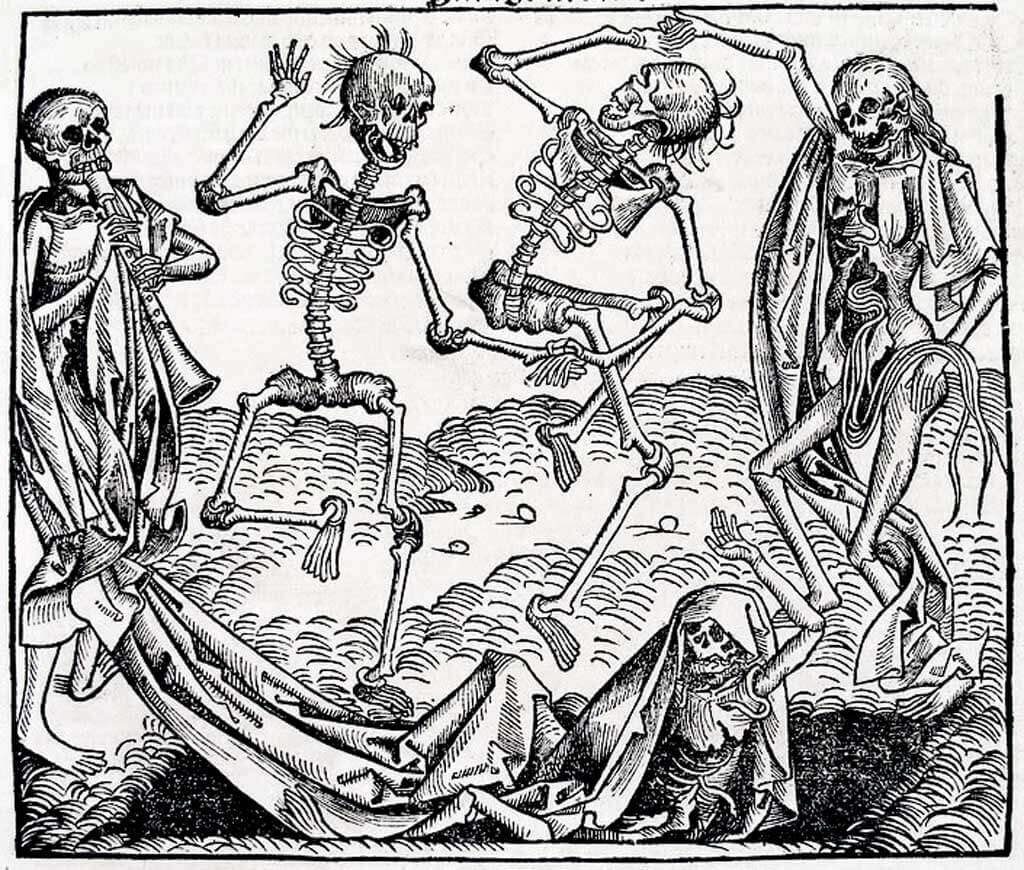Article written by Elisa - Travel Writer & Local in France
This article may contain compensated links. Please read disclaimer for more info.
Dancing is a form of expression and a form of art. Today, dancing is usually related to a celebration, competition, or even exercise. Centuries ago, however, the capital of the Alsace region lived an episode of dancing mania that was not joyful at all: it was the Strasbourg dancing plague of 1518.
READ MORE: Things to Do in Strasbourg (other than dancing)

The Story

Strasbourg (Holy Roman-Germanic Empire), July 1518: a woman, began to dance fervently in the street. Soon, other people joined, dancing frantically day and night to the rhythm of tambourines, violins, and bagpipes. But the atmosphere was not festive at all.
The scenes were even terrifying, with women, men, and children crying out, begging for help. They just could not stop dancing. They were in a trance, with vague eyes, and their arms and legs moving with spasmodic and tired movements. Their clothes were soaked in sweat, stuck to their emaciated bodies.
Just like a virus, the Strasbourg dancing plague spread in a few days, provoking fear and death in the city. The chronicles counted more than 400 people dancing in the streets and squares of Strasbourg, and up to fifteen dancers succumbed every day, victims of heart attacks, strokes, or exhaustion.
- Many hundreds in Strasbourg began
- To dance and hop, women and men,
- In the public market, in alleys, in streets,
- And many of them ate nothing
- Until at last the sickness let them
- This affliction was called St Vitus’ dance
The 1518 dancing plague is not a legend or a horror tale for kids. It is a real story well documented through physician notes, cathedral sermons, local and regional chronicles, and even notes issued by the Strasbourg City Council. However, nobody could understand the reason behind the Strasbourg dancing plague and why the inhabitants could not stop dancing.
The Patient Zero

Frau Toffea was what we would call today the patient zero, the first person stroke by this horrible dancing plague.
On 14 July 1518, Frau Toffea began to jiggle, alone, in the streets. She had no music but simply began to dance.
Despite her husband’s pleas, fatigue, and bloody feet, she continued to dance for six days and nights, just interspersed with a few naps.
By then, many other people were dancing on the streets stroke by the Strasbourg dancing plague.
Trying to Find a Cure

To stem this uncontrollable epidemic, the City Council soaked advice from local doctors. The doctors agreed this was a ‘fever.’ And since it was a fever, rather than trying to keep the dancers from dancing, it was better to make them dance even more so that they could sweat a lot. Like all fevers, this one would go away with sweat.
Following the doctors’ advice, the City Council decided to cure evil with evil. Space was left for the dancers, and dozens of professional musicians were hired to accompany them, night and day.
Some healthy inhabitants joined the dance to watch them, feed them, and help them when they fell exhausted, which only helped spread the contagion. Faced with failure, the City Council decided to ban orchestras, music and dancing on the streets.
For the inhabitants of Strasbourg, the dancing plague was a sickness sent by God, so they started to organize masses and offerings.
The dancing mania would not end until a few weeks later. The dancers were escorted on a pilgrimage to the village of Saverne to honor Saint Guy, protector of chorea patients (abnormal movements). After this pilgrimage, the phenomena ran out of steam, and little by little, the dancers returned home.
The Strasbourg Dancing Plague was a Non Isolated Phenomenon

The Strasbourg dancing plague of 1518 was neither the first nor the last dance epidemic. It was the most documented because the printing press was already in use in the city. In total, about twenty comparable episodes of dancing mania were reported between 1200 and 1600, mainly in medieval Europe. The last would have occurred in Madagascar, in 1863.
Some historians believed the Strasbourg dancing plague of 1518 was caused by food poisoning – by a fungus (ergot) that grows commonly on grains (such as rye) used for baking bread.
Others believe it was stress-induced mass hysteria. This kind of behavior could have been caused by elevated levels of psychological stress, caused by the ruthless years the people of Alsace were suffering.
